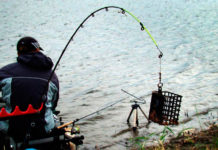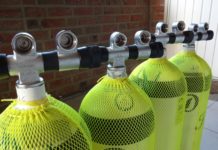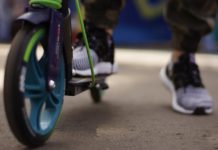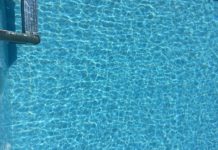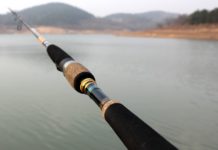Most people have a rough idea of how 3D printers work. They are used to create three-dimensional models of objects. The purpose of 3D pens is about the same, but they are much smaller, cheaper and easier to operate, and are not intended for the construction of complex structures.
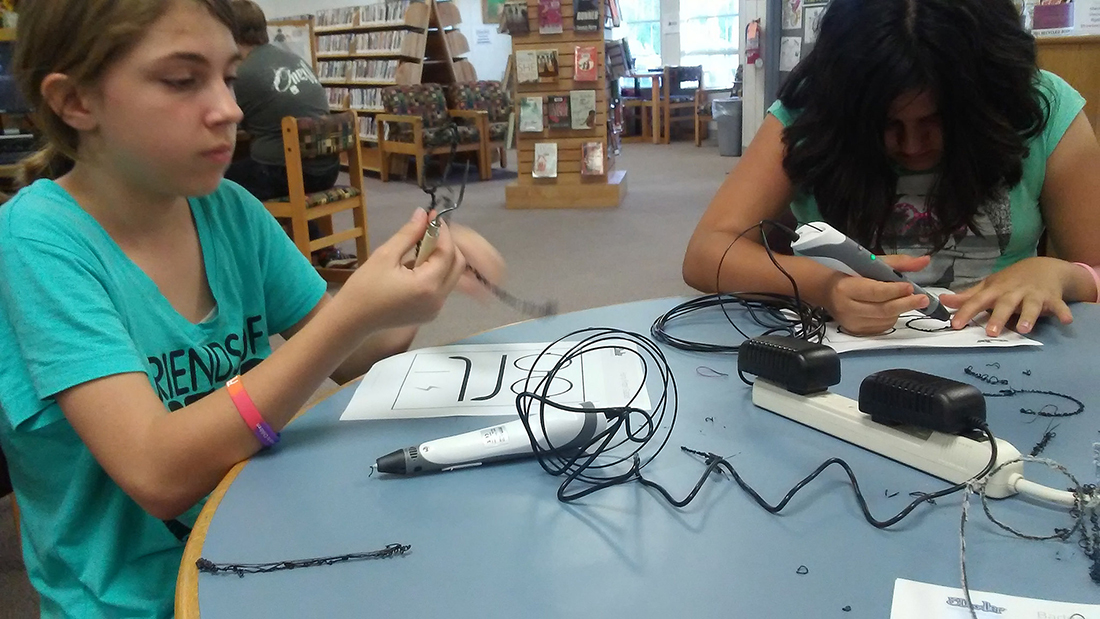
Content
What are 3D pens for?
The main features of this device:
- Drawing, i.e. creation of two-dimensional models on a plane. At the same time, the image has texture and volume (in comparison with the drawn pictures);
- Creation of original decorative figures, animals, ornaments in a three-dimensional version (three-dimensional drawing);
- Bonding knots, plastic parts, filling damaged surface areas;
- Creation of functional items - vases, plates, boxes;
- Making models for training sessions (three-dimensional molecules, etc.);
- Use in body art;
- Development of motor skills, imagination, spatial thinking;
- Removing stress, getting positive emotions.
Simple, inexpensive versions of the device are suitable for children, while complex ones, with thin nozzles and the ability to adjust the material flow, are an excellent option for professionals. they can be used to create delicate, graceful sculptures and models.
Types of pens and consumables
There are various options for devices, although in general they have approximately the same functionality. One of the classifications is based on differences in material heating, based on this criterion, it stands out:
- Hot pen. The raw material is fed into the device, heats up, comes out of a thin nozzle and only then solidifies. Various types of plastic components are used here, wound in solid cords.
- Cold handle. Polymer resins, leaving the nozzle, become solid due to the work of special diodes. Heating does not occur in this case.
All devices can be wired, i.e. requiring a constant connection to the network, as well as battery-powered and rechargeable via a USB cable. Some of them have a display with basic information (OLED or LCD). There are also options without a digital scoreboard, where indicators can be monitored by indicator lights. The pens have metal or ceramic nozzles that can be permanent or replaceable.
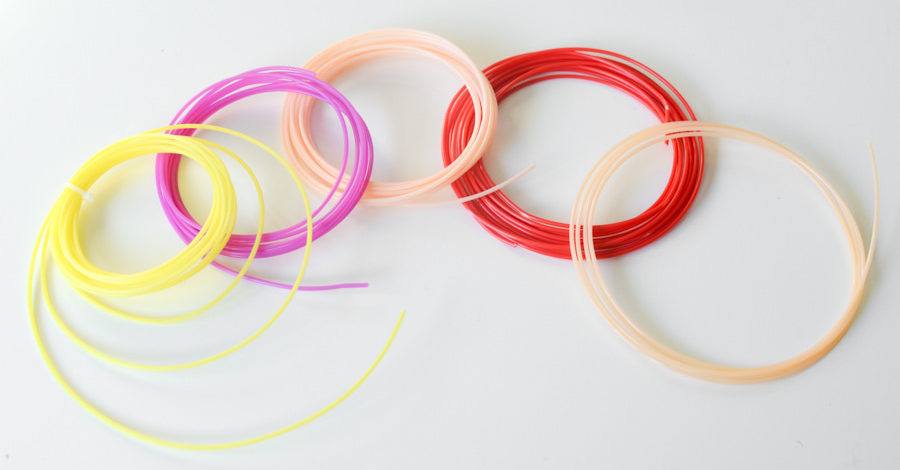
Resin or plastic are consumables for pens. The latter option is more common and more affordable. Visually, all types of plastic are similar to each other, but differ in the composition of the elements, the melting point. The following types of material are distinguished:
- ABS. Thermoplastic polymer, which contains acrylonitrile, butadiene, styrene. It is made from petroleum products. Requires a high melting point (210-240 ° C), does not smell very pleasant during heating.
- PLA. Biodegradable polymer derived from agricultural products. No toxicity. Strong, requires a lower melting point than ABS (170-180 ° C), tougher and less durable than the first option. Differs in transparency, smooth shiny surface, low odor, not very suitable for connecting elements.
- PRO. Transparent elastic material for a glossy finish. The smell is almost not pronounced.
- SBS.A heat-resistant durable polymer that is highly elastic and flexible, transparent. Melting temperature - 220-270 ° C. It is more often used to create engineering models; its variety is used in pens - WATSON.
- Polycaprolactone (PCL). Biodegradable polymer with low melting point (59-64 ° C). Has a high price, can be used repeatedly, is safe for the skin.
In cold-type devices, special resins are used, which also differ from each other. Among them are:
- ordinary;
- glowing;
- magnetic;
- flavored;
- with sequins;
- magnetic;
- heat resistant;
- increased elasticity.
The principle of the device
The mechanism of action of the device differs depending on its type. For hot pens, fill the consumable into the hole on the top of the product. Plastic is usually sold as skeins of yarn in different colors. After loading, the required heating temperature is set on the device.
When you press a special button, the filament moves down, and reaching the heated extruder, it acquires a plastic shape, becomes thinner and comes out in the form of filaments of a smaller diameter. The metal nozzle gets very hot and must be handled carefully. After use, you must press the reverse button, which will bring the remaining material up and prevent clogging.
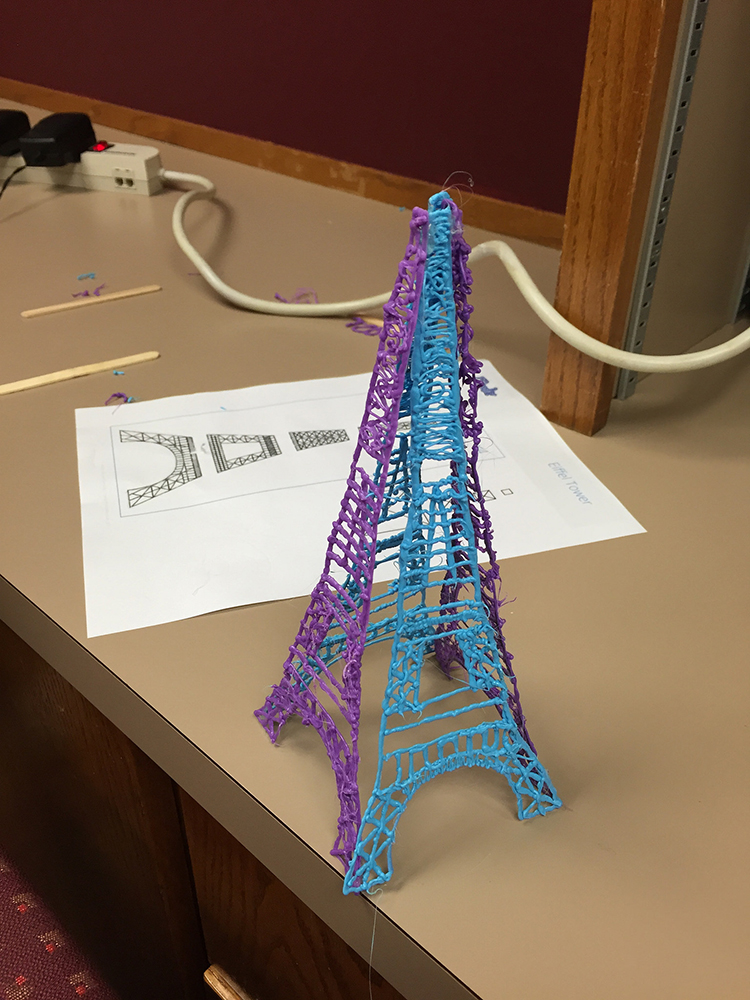
Cold handles do not use heat. A cartridge of the required color is loaded into the device, then the device turns on, the photopolymer begins to exit through the nozzle. With the included UV diodes, which are located on the bottom of the handle, the material solidifies almost instantly.
If they are not involved, then the resin is used for continuous uniform filling of the form of the desired size, its design with a toothpick, special tools. Only after that, the UV LEDs turn on and the mass solidifies.
From what age can you use
The device is most often marked with the age restriction "over 6 years". Because the handle is quite large in size, and also requires concentrated work, the ability to handle heating elements, then it will be quite difficult for preschoolers to use it.
At the age of 6-8 years, you can choose the simplest budget models, the child does not have perseverance, his motor skills are not so developed, so it will be problematic for him to create volumetric models. For 8-10 year olds, more functional options are already suitable that will help create three-dimensional images of their favorite characters.
Teens 11 and older may well use models designed for professionals. All children under 12 years of age need an adult's presence when performing work (if hot pens are used).
To create models, you can use stencils that can be found on the manufacturers' website or on the Internet. Children will find funny images of cartoon heroes, pictures with pirate and knightly attributes, characters from fairy tales about princesses, dinosaurs, as well as various accessories, houses and vehicles.
It is more convenient to put glass on top of the image in order to reuse the sample. Older creators can create models based on their own imaginations.
How to choose and where to buy
To avoid mistakes when choosing, you must adhere to a few general rules:
- you need to focus on the age of the person to whom the device is intended, take into account the capabilities of motor skills, perseverance;
- it is better to first study the reviews on the model in order to determine which one is better to buy;
- it is advisable to first hold in your hands all the selected models in order to understand their weight, ease of position in the hand, accessibility of the switch buttons;
- you need to focus not only on the cost of the device, but also on the price of components, the availability of their purchase in stores;
- the best option would be safe, environmentally friendly types of plastic and resins;
- it is worth studying the characteristics of the device, its continuous operation time, dimensions, temperature range, types of plastic possible for loading, the thickness of the thread at the exit;
- models with a display are more convenient, because display the main indicators of the state of the handle (degree, feed rate, type of component, remaining charge);
- more convenient wireless options for children;
- the more speeds the device has, the more convenient it is to use it, especially if the handle has several owners, each of whom is more comfortable with their own pace of work;
- the best manufacturers are those with extensive experience, several models, and good reviews.
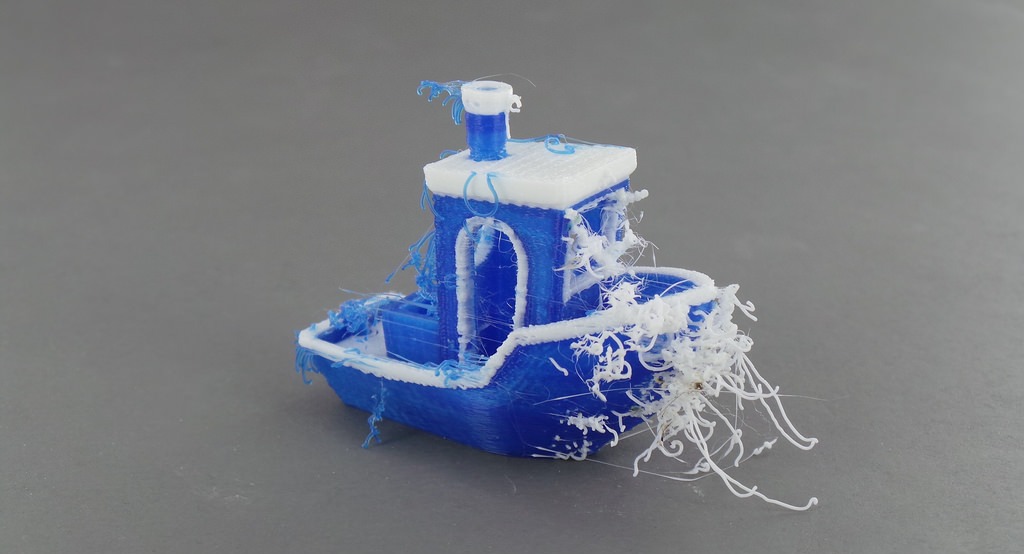
Before purchasing a pen, it is worth considering all available sources to determine where to buy the device profitably. The cheapest and easiest way is to order a product from Aliexpress. However, here you need to be prepared for the absence of a guarantee, the complexity of the return, which is not applicable for a complex technical device. Also, during delivery, the item may be damaged, be stolen, or the seller will turn out to be a fraud and send the wrong model.
A safer way is to purchase a 3D pen from a store or website. In the first case, you can evaluate the model with your own eyes, check the build quality, operability, in the second, you can buy a cheaper option. When buying a creative tool, it is advisable to additionally purchase a set of consumables. the basic set contains the minimum amount.
Safety
Most 3D pens require a constant power supply during operation, so the device is potentially dangerous for children. During the manipulation, the presence of adults is necessary, who can correct the position of the power cable, its integrity. When buying, you should pay special attention to the tightness of the cord at the top of the handle. If the connection socket is weak, loose, the cable will fly out and may harm the user.
In addition to the danger of electric shock, the owner of the pen should eliminate the possibility of getting a burn and exposure to ultraviolet radiation on the organs of vision. As a rule, only the nozzle of the product and the newly released thread of plastic are hot, therefore it is forbidden to touch them with your hands. To do this, you should use the special rubber finger tip, which is included in the package.
To exclude damage by ultraviolet light, you should not deflect the handle from the angle provided in the instructions, turn it over, you need to control the readings of the sensors reflecting this parameter. Although many models turn off automatically when deflected, safety rules should not be neglected.
Popular quality models
There are a large number of models of 3D pens from different manufacturers, which differ in price and have different characteristics. Below are the options with the most positive reviews. Each model contains packaging and instructions.
3Dali Plus Dadget
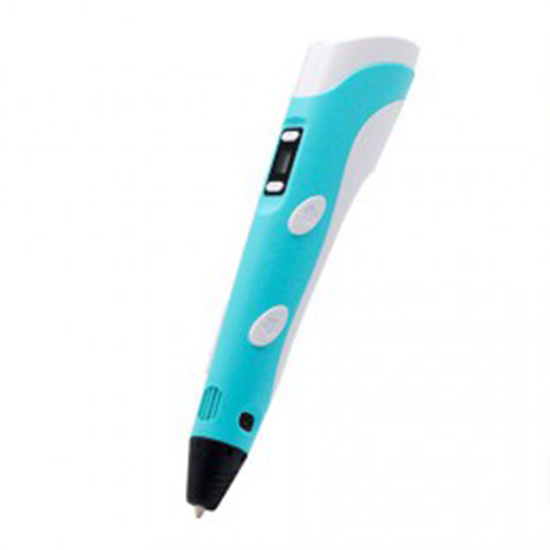
Plastic type: WATSON, PLA, ABS
Display: LCD
Filament diameter: 1.75mm
Nozzle: 0.7mm
Temperature range: 165-235 ° C
Speed regulation: yes
Set: power adapter, stand, roll of plastic, finger protector, mockups
Country of origin: Hong Kong
Average price: 1 990 rubles.
Advantages:
- The best ratio of price and quality;
- copes with the creation of flat and three-dimensional models;
- support for any kind of plastic;
- there is a standby mode, auto power off;
- ease of use;
- the handle is comfortable to hold in hand, does not slip;
- there is a display;
- easy;
- you can adjust the speed;
- bright packaging;
- several body colors.
Disadvantages:
- unstable stand;
- there is a faint smell of burnt plastic.
Cactus CS-3D-PEN-A-BL
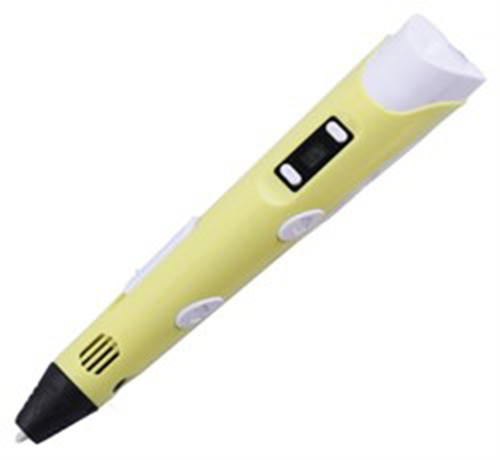
Plastic: ABS, PLA
Filament diameter: 1.75mm
Nozzle size: 0.7mm
Display: LCD
Temperature setting: 160-210 ° C
Speed regulation: yes
What's in the box: charger, trial plastic material
Manufacturer: China
Average cost: 1 990 rubles.
Benefits:
- the case does not heat up;
- light weight;
- creates three-dimensional and flat models well;
- there is an LCD display, a speed switch;
- clear management;
- the ability to automatically feed consumables;
- beautiful and functional design;
- the thickness of the handle allows you to see the nozzle and adjust the feed;
- several color options for the case.
Disadvantages:
- reverse thread feed slowly;
- no stand included;
- fast feeding of plastic at low speed, which is inconvenient for a small child;
- a slight smell of burnt plastic;
- there is a manufacturing defect;
- few consumables included.
Master-Plaster Plus
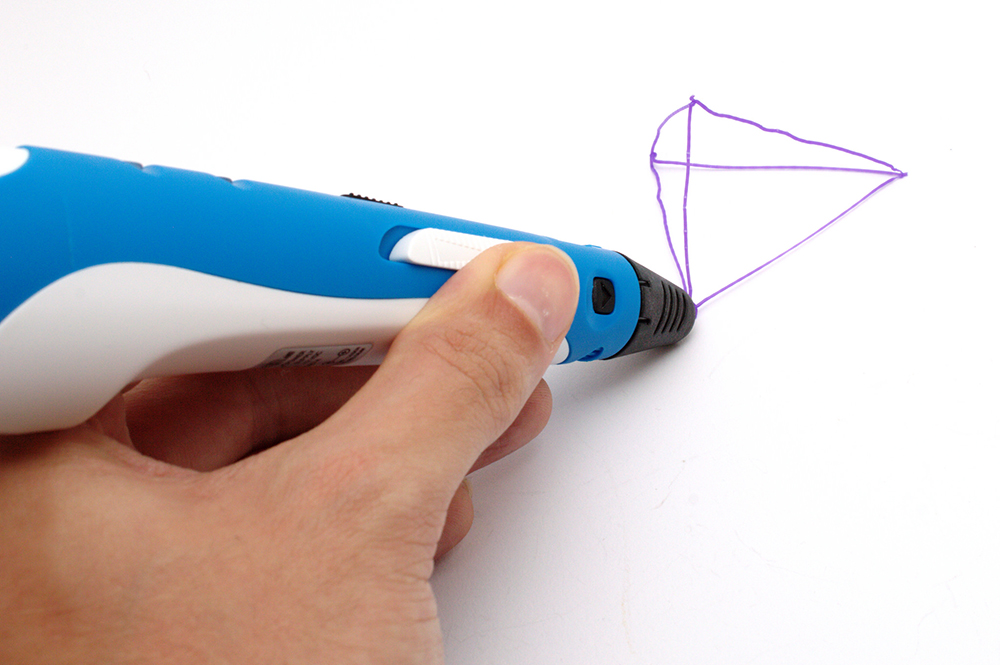
Plastic: ABS, PLA
Filament size: 1.75mm
Nozzle: 0.7mm
Display: LCD
Working temperature: 160-235 ° C
Speed regulation: yes
Package contents: stencil kit, power adapter, plastic kit
Country of origin: Russia
How much: 1 990 rubles.
Benefits:
- there is an auto shut-off, speed control, LCD screen;
- the case does not heat up;
- there are several colors;
- 2 types of plastic can be used;
- high-quality assembly;
- light weight, which is convenient for the child;
- creates quality models.
Disadvantages:
- no stand;
- there is a slight smell when working;
- the diameter of the handle itself is large enough, not suitable for a small child;
- sometimes the display does not work correctly.
Polyes Q1
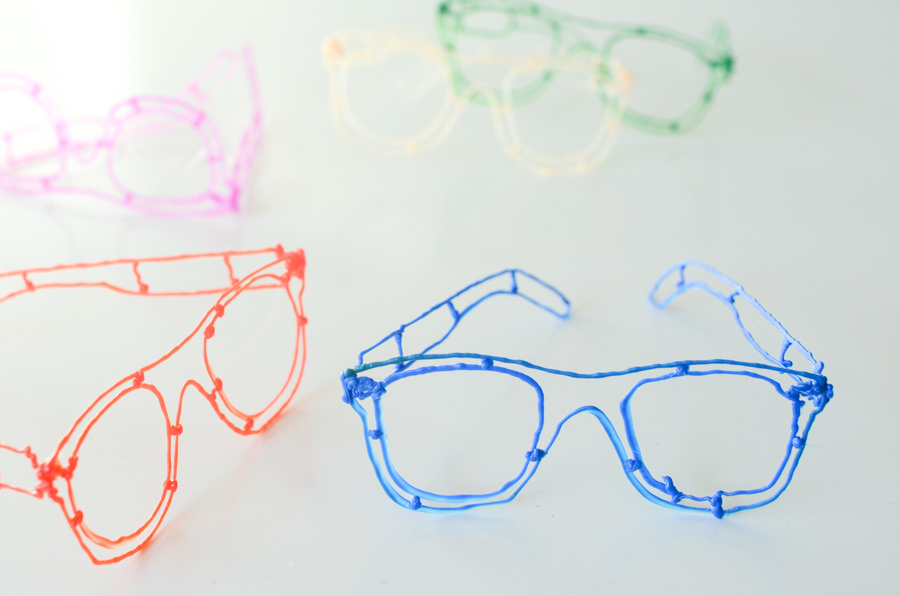
Type of component for work: resin
Nozzle, diameter: 0.6 mm
Display: no
Handle type: cold stamp
High-speed adjustment: yes
What's in the set: resin 3 shades, USB charging wire
Production: China
How much: from 5,000 rubles.
Benefits:
- powered via USB;
- wireless, nothing interferes with drawing;
- there is an auto shutdown;
- you can create high-quality 3D models;
- instant solidification;
- resin does not heat up, safe for children;
- the LED shows the remaining battery charge;
- no smell;
- the possibility of uniform "solid" filling;
- convenient speed control;
- can be used on the body.
Disadvantages:
- large size, inconvenient for a small child;
- high price of tools and consumables;
- resin supply is often interrupted;
- the handle cover may crack;
- unfinished design.
CreoPop 3D Pen
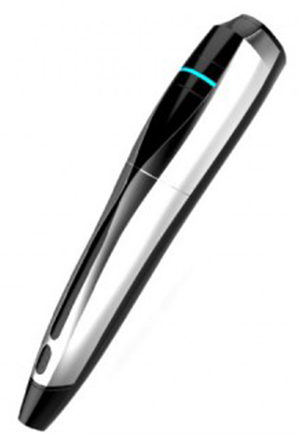
Raw material for work: resin cartridge
Nozzle, diameter: 1 mm
Display: no
Pen type: cold print
Adjustment: 5 speeds
What's included in the basic set: 3 shade cartridges, USB charging cable, rubber spout tips
Production: China
How much: from 8,000 rubles.
Benefits:
- powered by USB;
- instant solidification of the resin;
- consumable material does not heat up during use;
- without adapter, power cords do not interfere with the process;
- no smell, no smoke;
- there is an indicator of the remaining charge;
- it is possible to work with switched on diodes without supply of raw materials, in the mode of squeezing out the resin without solidification or combined;
- the nozzle is not clogged;
- convenience for creating volumetric models;
- the possibility of uniform "solid" filling;
- there is a speed control;
- noiselessness;
- use on the skin is permissible;
- stylish design.
Disadvantages:
- large dimensions;
- high cost of pens and cartridges;
- fragility of the material when solidifying;
- it is not very convenient to fasten ready-made fragments of the structure.
3D pens are a great way to get creative by creating 3D figures or paintings.

